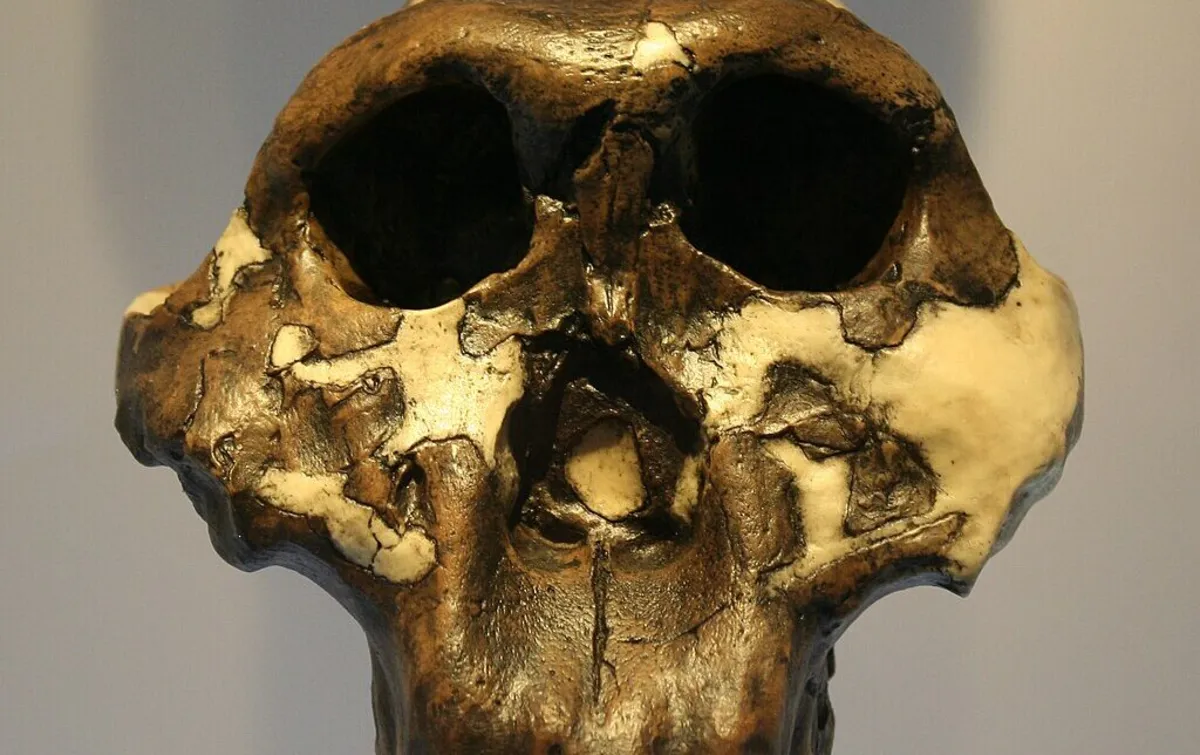
The ability to study ancient DNA has dramatically transformed our understanding of human evolution. This groundbreaking research has illuminated our connections with Neanderthals and unveiled the existence of the mysterious Denisovans. However, DNA degrades over time, particularly in less favorable environments like Africa, limiting our ability to explore the past of our ancestors. A recent study conducted by a large international team has introduced an innovative method to extract genetic information from ancient remains, providing new insights into our evolutionary history.
Researchers successfully extracted fragments of enamel proteins from the teeth of fossils belonging to the species Paranthropus robustus. This method was crucial in determining whether some remains, despite their significant size differences, truly belonged to the same species. One of the proteins identified was male-specific, indicating that the size of the individual could not be solely attributed to its sex.
The fossil record reveals that remains classified as Paranthropus date back nearly 3 million years, existing for approximately 1 million years. This time frame overlaps with both australopithecines and early members of the Homo genus. Four different species have been attributed to this genus, but the classification remains complicated due to shared characteristics with some species of Australopithecus, raising the intriguing possibility of interbreeding.
Variability within Paranthropus remains is notable, especially regarding size. Some researchers have proposed that this could result from sexual dimorphism, but testing this hypothesis has proven challenging. To date, no remains have been discovered outside of Africa, and no DNA older than 20,000 years has been retrieved from the continent, occurring long after the extinction of Paranthropus.
To explore Paranthropus remains dating around 2 million years ago, the research team turned to proteins found in the teeth. While these proteins degrade over time, the durability of tooth enamel helps preserve them. The technique known as mass spectrometry was employed to identify individual isotopes of atoms in larger molecules, enabling researchers to analyze the composition of protein fragments and match them to known tooth enamel proteins.
After validating their techniques on animal remains found alongside hominins, the team analyzed samples from Paranthropus teeth collected from South Africa’s Cradle of Humankind World Heritage Site. Although the proteins varied among samples, they identified six different proteins present in all four teeth studied, totaling 425 amino acids. To ensure the accuracy of their findings, they replicated the process in a lab in Cape Town, confirming the authenticity of the ancient protein fragments.
What insights can small fragments of ancient proteins provide? Remarkably, more than one might assume. One of the enamel proteins, AMELY, is derived from a gene located on the Y chromosome, with its counterpart AMELX on the X chromosome. The presence of AMELY in specific samples indicated that these teeth belonged to male individuals, challenging earlier assumptions related to body size differences being purely sex-based.
For instance, one small tooth thought to be female was conclusively identified as male due to the presence of AMELY. This finding is significant as it allows researchers to exclude sexual dimorphism as a factor influencing anatomical variation within Paranthropus. Although the absence of AMELY may suggest a sample is female, it isn't definitive due to potential identification issues and rare male deletions of the gene.
Among the 425 different amino acids analyzed, 16 exhibited species-specific variations among hominins. Surprisingly, Paranthropus robustus emerged as the closest relative to our own genus, Homo, based on this amino acid variation tree. Nevertheless, the researchers cautioned that the data is still insufficient for definitive conclusions about species relationships.
As highlighted by senior author Enrico Cappellini from the University of Copenhagen, developing these techniques is a primary focus of his research. This advancement may pave the way for expanding our understanding of extinct hominin species in the future. However, the challenge remains that the technique consumes a small portion of the sample, making these unique remnants of our evolutionary history invaluable and irreplaceable.
In conclusion, the ongoing exploration of ancient proteins opens new avenues in paleoanthropology, enhancing our comprehension of human evolution and the intricate relationships among extinct hominin species.